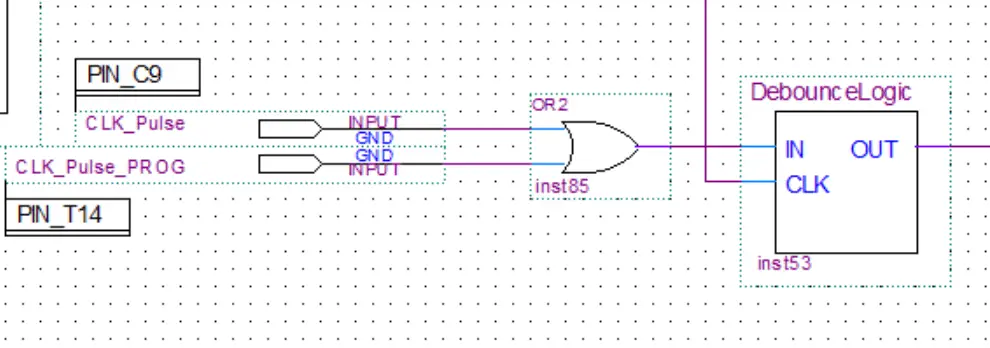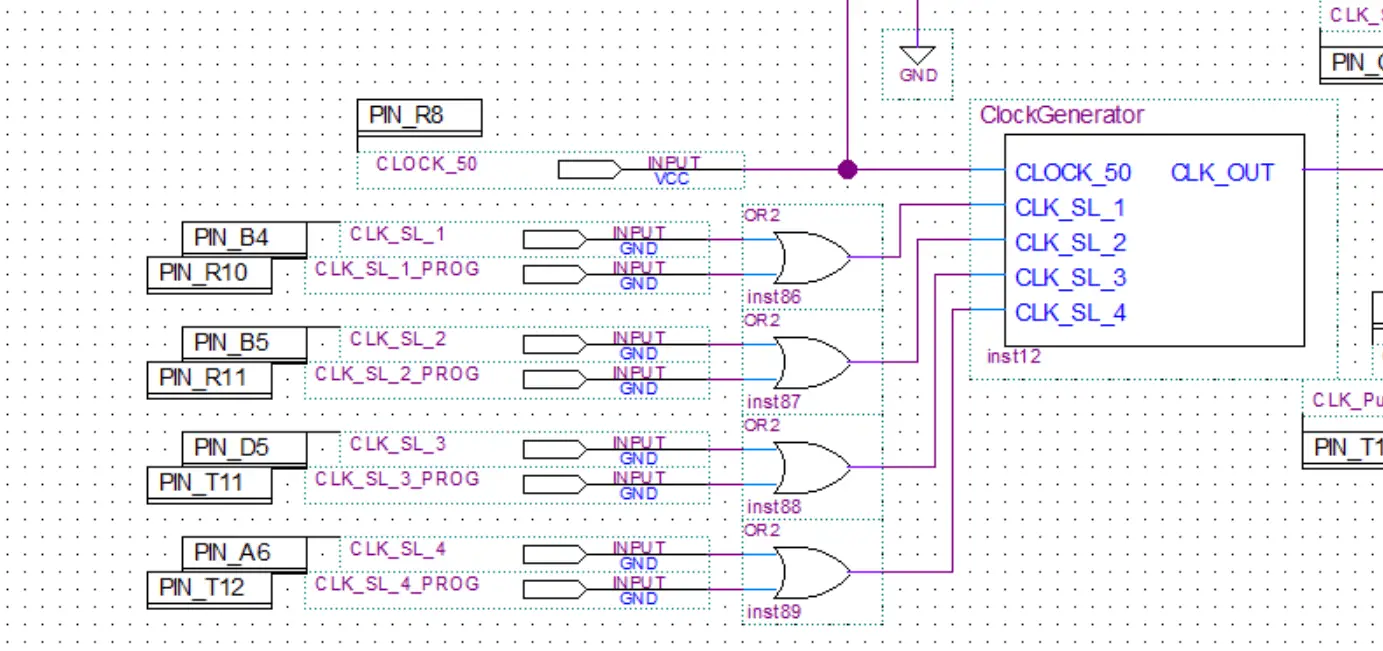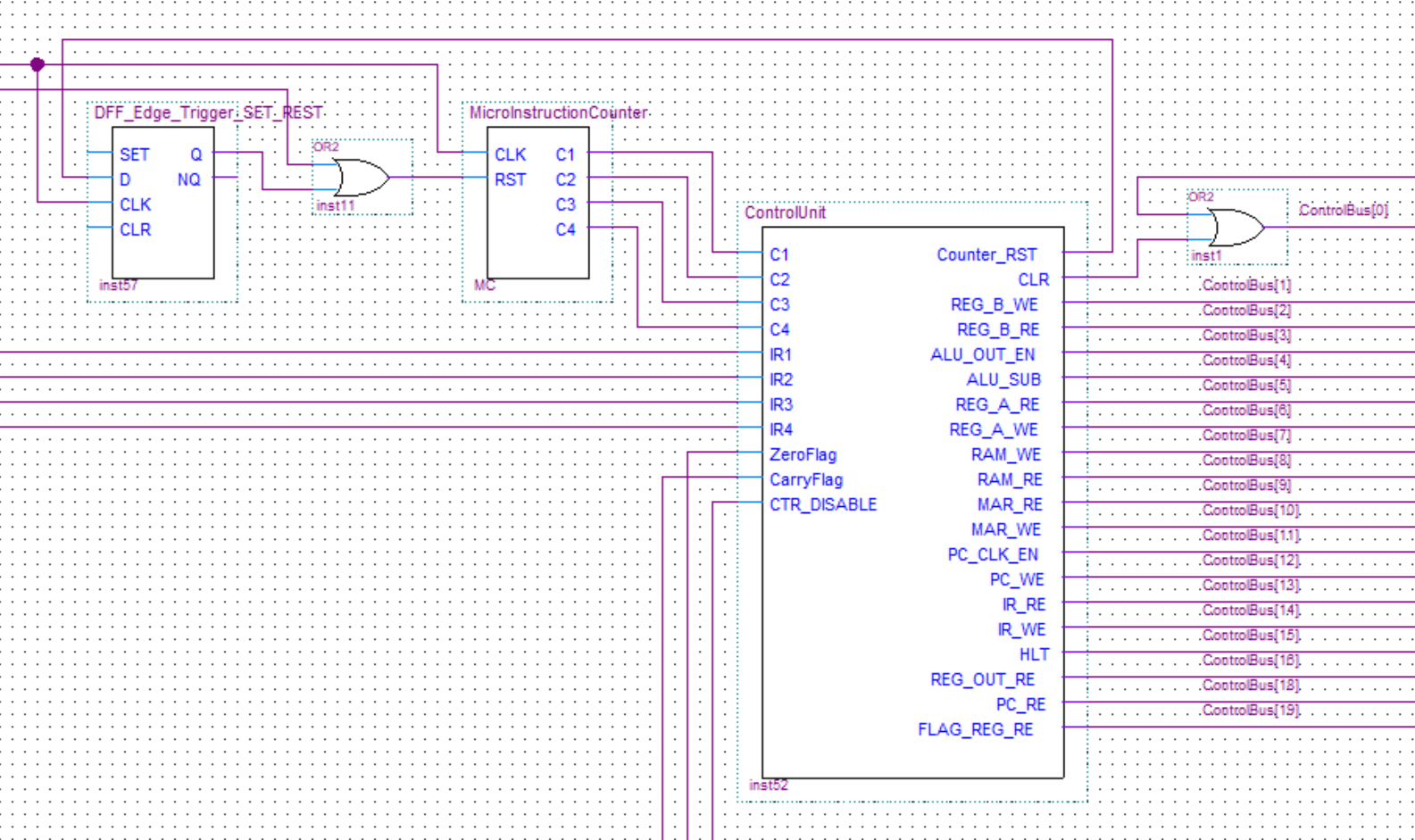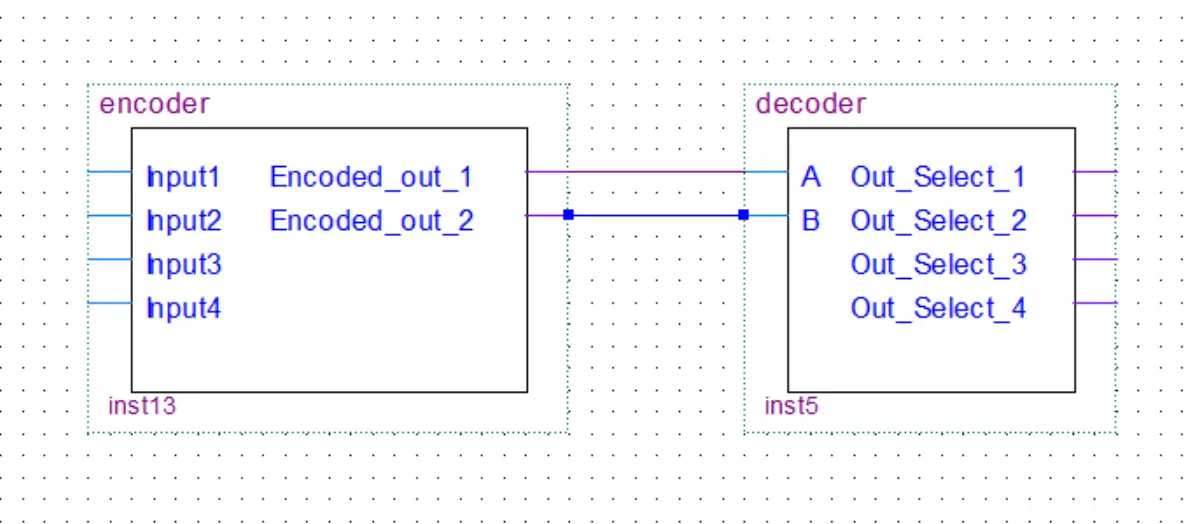How To Make a WordPress Plugin Tutorial
Some time ago I had to make a WordPress plugin as part of my job. Here I will document what I have learned in the process. Hopefully, this can also be useful to anyone who wants to make their own plugin or do any other WordPress development. In this post, we will make a plugin while at the same time learning how to use some of the WordPress APIs.









